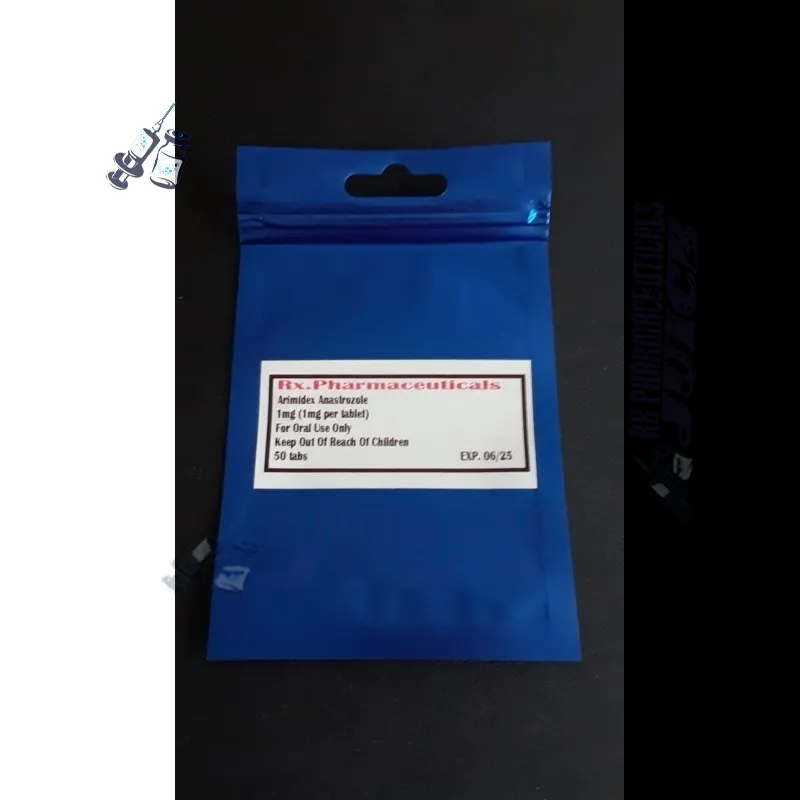Description for IGF-1 DES 1mg - Beligas
Insulin-like Growth Factor 1 (IGF-1), also known as Somatomedin C, is a hormone alike in molecular structure to insulin, which plays an important role in childhood growth, and has anabolic effects in adults.
IGF-1 is one of many growth factors required for standard human development. IGF-1 is synthesized mostly by the liver but also centrally in numerous tissues.
IGF-1 consists of 70 amino acids. Similar to insulin, IGF-1 has an A and B chain connected by disulphide bonds. The C peptide region has 12 amino acids.
Usage
Insulin-like growth factor-1 (IGF-1) helps encourage normal bone and tissue growth and development and also has the ability to decrease blood glucose levels.
IGF-1 advances to fat cells and therefore burns fat. Subsequently, it increases lean body mass and decreases fat. These effects are desired mostly by athletes and bodybuilders. Increased IGF-1 levels are also comparable to weight gain. This weight gain is a result of lean body mass growth, not fat production.
IGF-1 is favored in the bodybuilding industry and for people who workout regularly. It helps enhance recovery time after workout and improves energy during the workout.
IGF-1 injections are common for adults and children if they have a growth hormone deficiency. IGF-1 contains many necessary amino acids that can help children who are not developing at a standard rate and supplement adults that are deficient.
Research has also shown that the anabolic effects of IGF-1 may reflect inhibited protein breakdown and stimulated protein synthesis in skeletal muscle and that this response may be caused by a direct effect of IGF-1 on muscle tissue, therefore assisting burns on the skin and other tissue abnormalities.
Mechanism of Action
IGF-1 is a hormone found naturally in human blood. Its primary function is to manage the effects of growth hormone in the body. Normal IGF-1 and growth hormone functions include tissue and bone growth. IGF-1 is formed in different tissues as a result of growth hormone in the blood.
IGF-1 promotes systemic body growth, and has growth-stimulating effects on mostly every cell in the body, mainly bone, cartilage, skeletal muscle, liver, kidney, nerve, skin and lung cells. As well as the insulin-like effects, IGF-1 can also manage cellular DNA synthesis.
Administration
Mode of Administration: Subcutaneous injection to a fleshy part of the body, typically to the stomach or abdominal area. IGF-1 can also be administered intramuscularly.
Before administering IGF-1, always be sure to use a clean and sterile syringe.
Hold the IGF-1 vial upright and insert the syringe in the center of the cap.
Draw the plunger until you have the correct amount (see ‘Dosage’ below) in the syringe and carefully remove it.
Before administering the syringe, use alcohol to cleanse the area of skin.
Pinch the skin around the area to be injected, leave about 2 cm on each side.
Hold the syringe at a 90 degree angle to your skin and swiftly insert the syringe.
Depress the plunger fully, until the syringe is empty, and carefully draw out.
Dosage
Dosage Amount: For lean muscle growth and fat loss
40 mcg - 50 mcg daily (men)
10 mcg - 20 mcg daily (women)
IGF-1 should not be injected more than twice daily
A typical dosage cycle of IGF-1 will continue for 2 to 12 weeks
Children and adults who are prescribed IGF-1 for development deficiency should consult with a care provider about correct dosing.
Side Effects
The side effects of IGF-1 can be similar to those of other growth hormones. These include growth of excess body tissue, also known as acromegaly, and damage to the joints, liver, and heart. IGF-1 could possibly cause joint pain, muscle pain, headaches and nausea. IGF-1 can also decrease levels of blood glucose, resulting in hypoglycemia. Researchers also associate IGF-1 with an increased risk of developing some cancers, such as lung, breast, colorectal and prostate.
Benefits
Facilitation of protein synthesis in the body
Regulation of stored fat and channeling it to be used for energy production, resulting in fat loss
Promotion of positive effects on metabolism and increasing lean body mass and muscle growth
Protection against autoimmune disease, heart disease and plaque buildup
Aid development in young children and adults deficient in essential amino acids
Improvement in blood sugar regulation
Promotion of optimal health, wellness and fitness in users

















